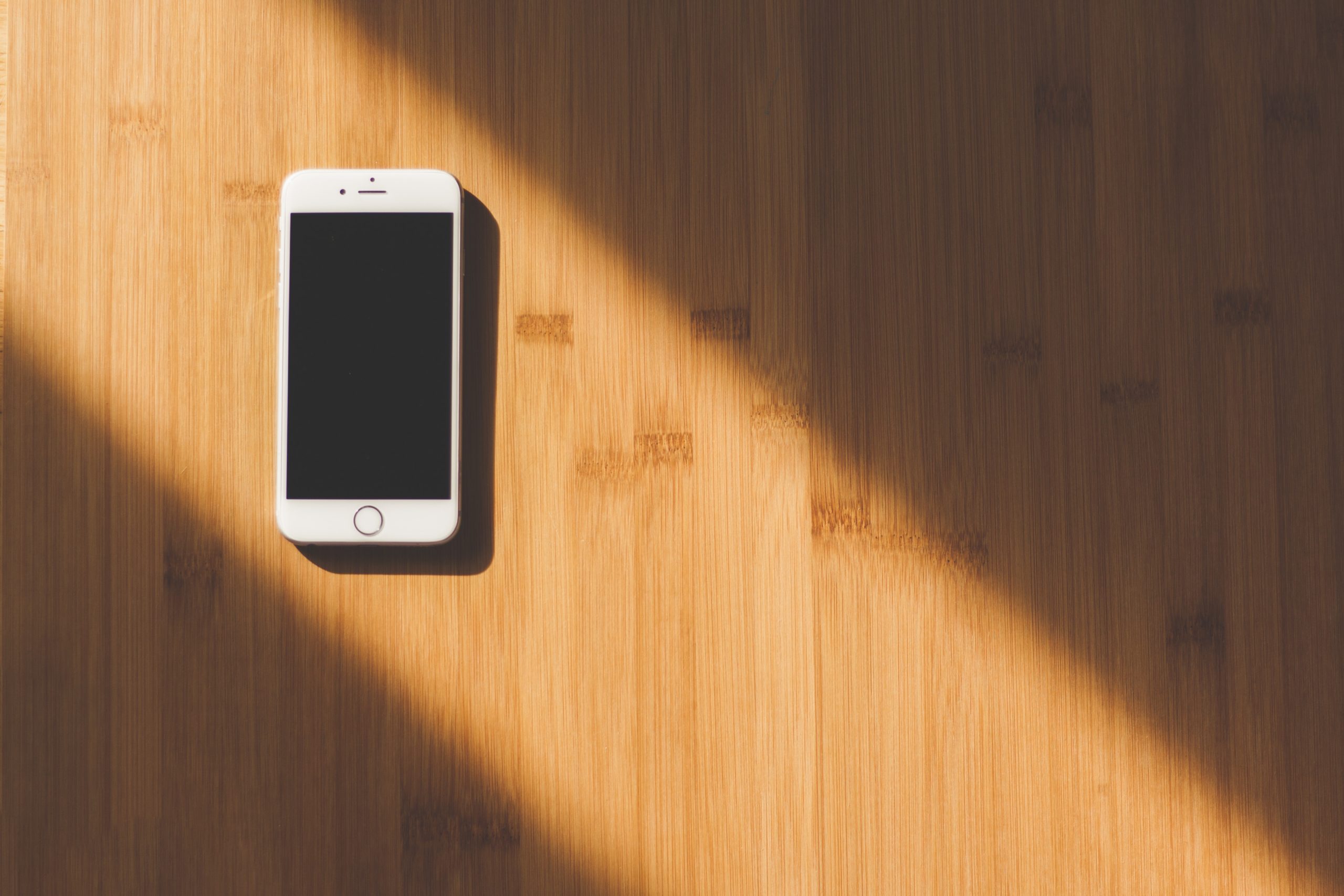
Is it time to put away the training wheels? How meditation apps hold you back
(.. and all guided meditation in general ..)
There are many good reasons to use meditation apps to get started meditating.
However, if they are based on guided meditation, they can keep you from strengthening your attention skills in the best possible way.
The good side of meditation apps
Here are some of the reasons why meditation apps are good:
Meditation apps motivate us to meditate
Since many of us like to have our mobile phones available at all times, we can set the apps to remind us to meditate.
Many apps will also tell you that you have done a series of several sessions in a row. And they often have different ways of rewarding yoo for having meditated every day. This is often called gamification, because the app becomes like a game you play with yourself.
Such games are very motivating for us and can help us sit down to meditate. If nothing else, just to keep a streak going. It is a well-known way to create good habits.
Meditation apps are inspiring
The most popular apps are created in collaboration with skilled meditation teachers and educators.
Therefore, the apps often offer many different techniques and perspectives. It is presented in ways that make it interesting and fun to meditate.
Meditation apps work .. to a certain point
Like all mindfulness training, apps help to strengthen the attentional skills of concentration, equanimity and sensory clarity.
Studies show that popular apps like Headspace and Calm help many people gain better attention skills. It is especially in two fields that they show good results – they improve positive affect and help with depression. ( Source )
Positive affect is the ability to experience positive emotions, be positive in relationships, and to respond to challenges in a positive way.
But studies also show that apps have weaknesses.
The hidden problems with meditation apps
As you can see, meditation apps can be useful for beginners who need to get started.
But for advanced users, we see that apps often slow down development. And for some beginners, it makes the first encounter with meditation so uncomfortable that they stop doing it.
What are the problems?
Many meditation apps work poorly when really needed
First, studies show that meditation apps based on guided meditation work poorly with negative affect. (Source)
Negative affect is that we experience the world in a negative way, have negative feelings, and relate negatively in relationships and to the outside world. This includes unpleasant feelings, brooding and anxiety.
Meditation apps do not take into account special challenges
Another group for which apps work poorly are those who have been exposed to trauma and developed post-traumatic stress disorder (PTSD). (Source)
There is reason to believe that this disorder is much more common than originally thought. One can, for example, develop PTSD by a trickle of ongoing stress over a long period of time, and not just by sudden events.
If you have signs that indicate PTSD, meditation may be helpful for you, but the main rule is that the techniques must be adapted individually. Or else, there is a danger that the meditation can make the condition worse through retraumatization. Often the meditation training must be done in collaboration with a psychologist or other therapist with special competence, or with a competent meditation teacher.
The technical term for this is trauma-sensitive mindfulness.
Why do meditation apps work poorly when really needed?
We do not know for sure, but here are my thoughts.
When you use a meditation app and listen to guided meditation, leave the app in the driver’s seat. You let it control how the meditation unfolds.
If you get out of meditation when you are distracted, the instructor’s voice will eventually take you back. The voice makes sure you do the technique.
The problem with this is that you do not train your mind to be aware of the stain. Immediately.
This becomes clear when you experience a small crisis in everyday life. Often it only takes a few seconds before your body and mind have been completely taken over by negative emotions and thoughts.
You have been hijacked. Like a plane or ship at sea.
Stress overwhelms you and your attention span is forgotten.
And unfortunately – when this has already happened, it takes time to get back to an attentive and fully functioning mind.
How to use meditation apps in the best way?
Here are some steps to get the most out of your meditation apps.
Use the meditation app as an advanced clock
There are many meditation apps that are not based on guided meditation. They are more like advanced meditation bells, and preferably with a little gameplay.
I highly recommend Insight Timer . It is easy to adjust, has nice bell sounds, and you can also listen to guided meditation if you want. (I earn nothing on this recommendation.)
Use the meditation app to learn something new
Feel free to listen to guided meditations sometimes to learn something new.
Use them as support wheels as you learn new techniques
Use them to help keep your daily practice alive, interesting and rewarding.
Learn to meditate instantly on autopilot
Practice starting the meditation on the spot.
When you sit down to meditate, start meditating right away. Do not take a first breath or wait until you are “ready”. Start before you are ready.
Talk to a meditation teacher regularly
Try to talk to a meditation teacher at least once a year to get input on your daily practice.
You can often do this at meditation retreats, or by direct contact.
Seek out others who meditate
Being able to talk to others who are meditating is very helpful. Maybe you have friends who want to meet to meditate together and talk about experiences later?
Or maybe there are groups where you live that have this offer?